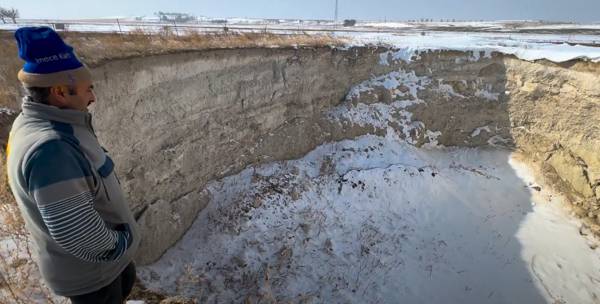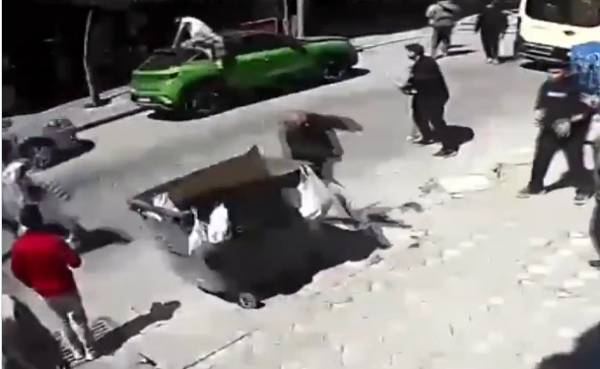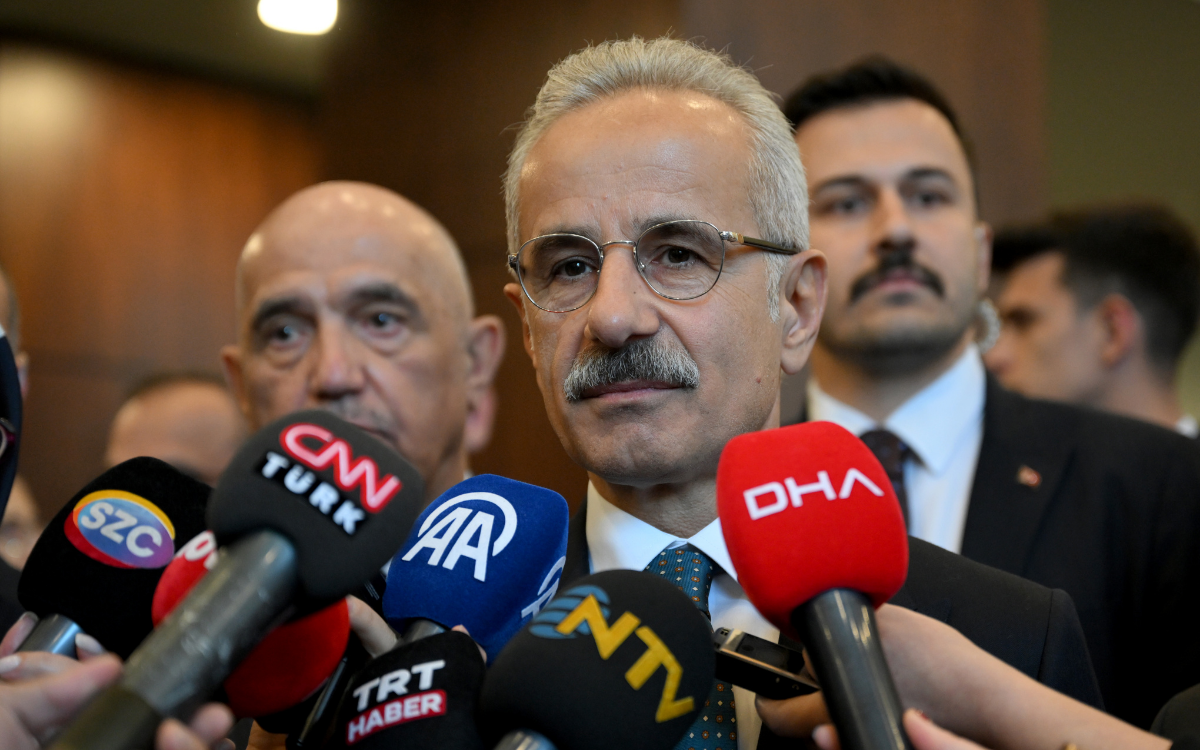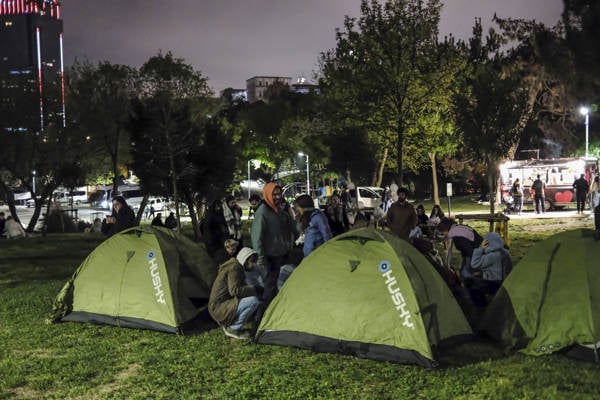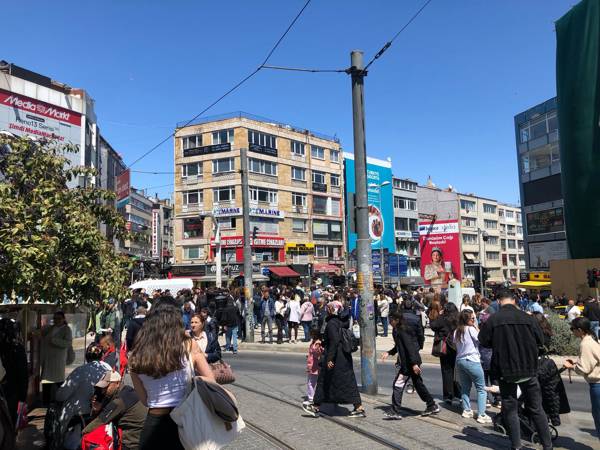'Nowhere feels safe anyway': İstanbulites confused about earthquake assembly planning

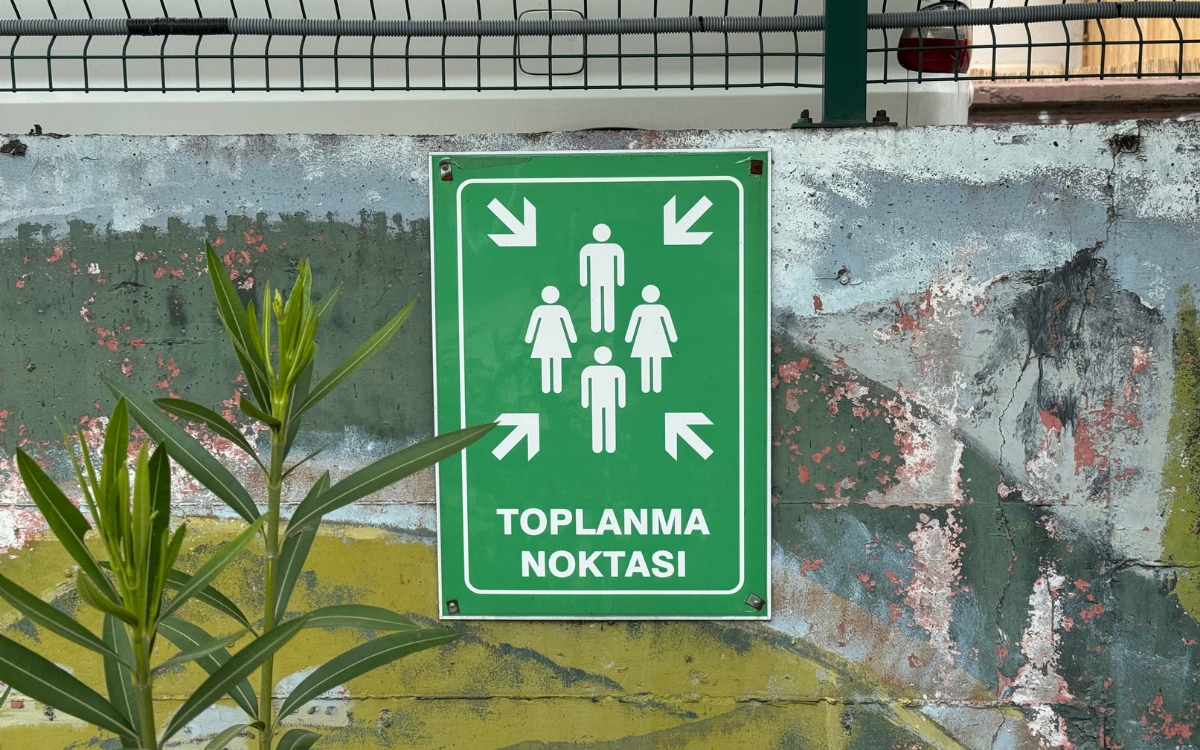
After the earthquake off the coast of İstanbul on Apr 23, many residents rushed outside in fear. As experts once again warned of the seismic risks facing İstanbul and the Marmara region, questions arose about whether the public is adequately prepared for a major earthquake.
According to the Disaster and Emergency Management Authority (AFAD), 184 aftershocks were recorded following the initial 3.9 magnitude quake at 12.13 pm on Apr 23. The largest aftershock measured 6.2 magnitude, centered off Silivri.
AFAD data shows that there are about 3,000 designated assembly areas in İstanbul. But do residents know where the nearest assembly points to their homes are?
We sought answers in Maltepe, an Asian-side district on the shores of the Marmara Sea, considered one of the city’s higher-risk areas in the event of an earthquake due to its proximity to the fault line beneath the sea.
Maltepe has a population of 524,921 as of 2024. According to projections from the Metropolitan Municipality's İstanbul Seismic Risk Mitigation and Emergency Preparedness Project (2019), the district is expected to suffer significant damage in a major quake, which many experts view as imminent, with an estimated 237 buildings severely damaged, 690 heavily damaged, 3,388 moderately damaged, and 8,156 lightly damaged. Projections also estimate 234 fatalities, 130 critical injuries, 706 hospitalizations, and 1,438 minor injuries in the district.
We first visited Beşçeşmeler Square, one of the busiest spots in Maltepe’s Yalı neighborhood, asking people, “Where is the earthquake assembly area here?” All three respondents pointed to Maltepe’s seaside promenade.
A 54-year-old resident, R.K., said, “I don't know exactly where the assembly area is, but people headed to the seaside. I guess that’s the place.” R.K. added, “I don't know why they went there. It’s not safe, the ground is entirely reclaimed land."
“We gathered at the coffeehouse here during the quake," he added.

Local business owners at Başçeşmeler Square, A.B. and T.K., also said they were unaware of an official assembly area, adding that they would gather again at the square in the event of another quake, just as they did on Apr 23.
When asked whether their homes were earthquake-resistant or whether they had made any preparations, A.B. responded, “We don’t really have that kind of culture. I’ve lived here for years and don’t know where the assembly area is. The building is old, but what can I do? Nowhere feels safe anyway.”
None of the locations mentioned by the residents as gathering points are officially designated assembly areas. There are, however, three official assembly areas near Beşçeşmeler Square: Maltepe Hasan Polat Stadium, Ataköseoğlu Elementary School, and Turgay Ciner Elementary School.
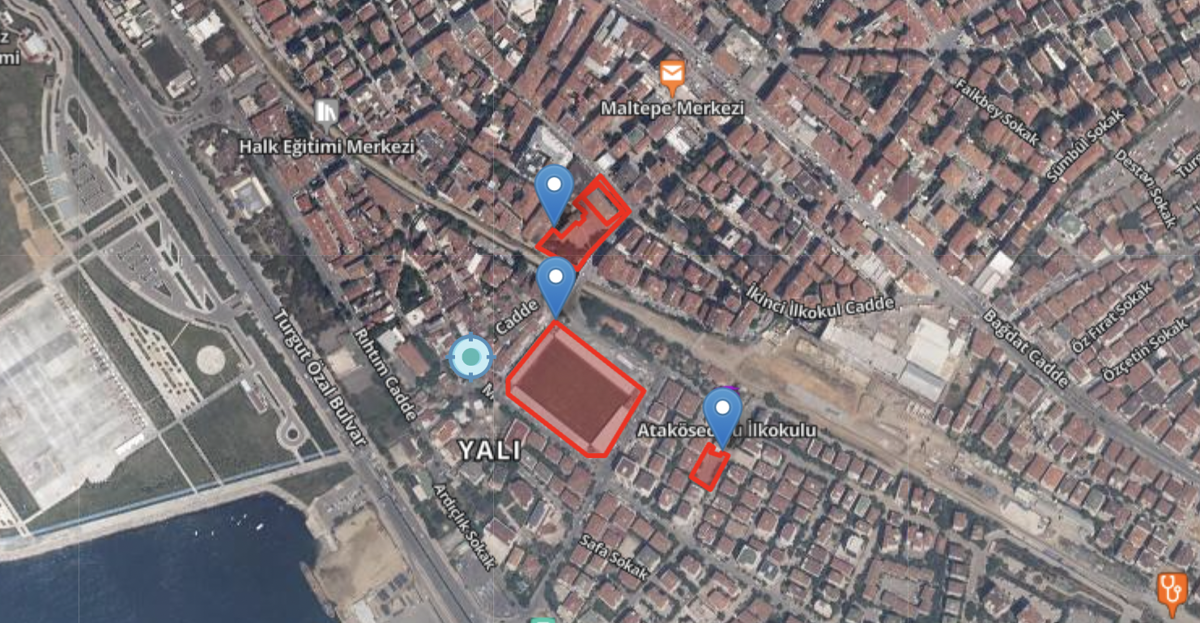
After leaving Beşçeşmeler, we headed to Bağlarbaşı neighborhood to check another designated assembly area and asked local residents if they knew where their nearest gathering point was.
In Ihlamur Street, Bağlarbaşı, we asked three more people, but the answer remained the same: “We don't know.”
D.N., a shopkeeper who has worked in the neighborhood for 15 years, said he was unaware of any nearby assembly areas.
“There’s no official gathering place around here,” he said. “Yesterday, after the earthquake, people gathered in that empty lot across the street. Now, they’ve parked their cars there so they can sleep in them tonight.”
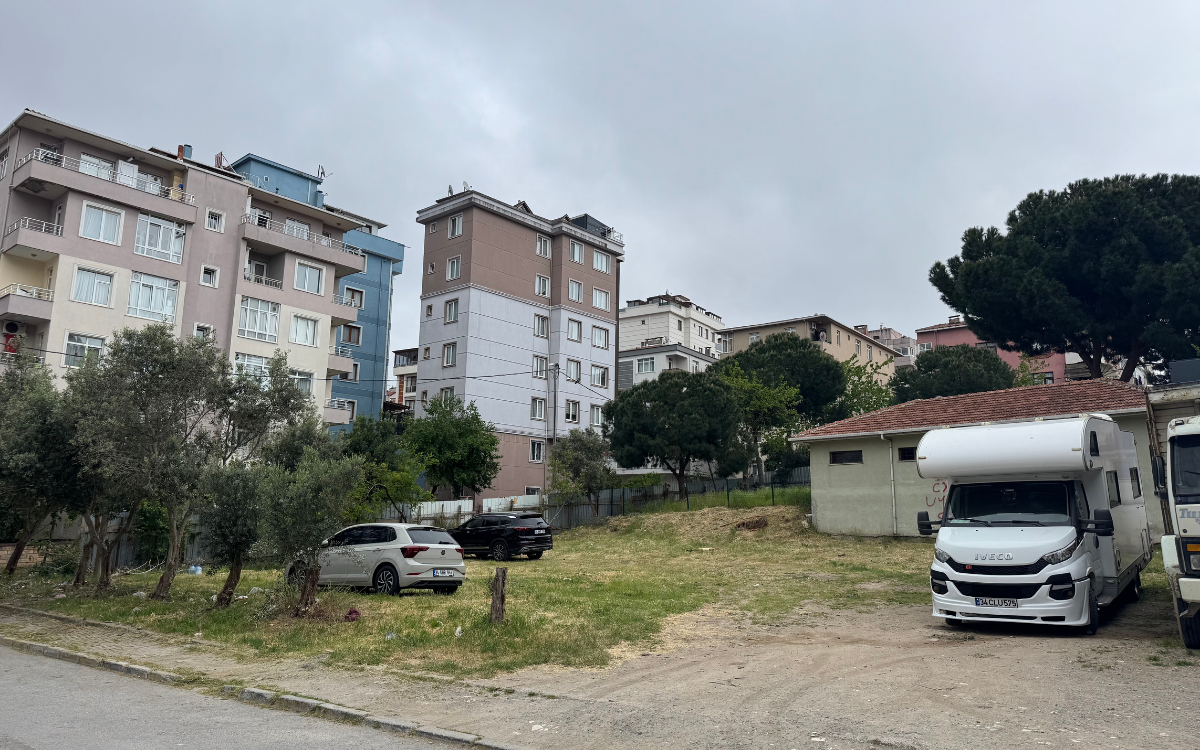
D.N., who lives nearby, said his home was built in the 1990s and is not earthquake-resistant. “I want to leave the house, but how can I? I can barely keep the shop going. How am I supposed to afford a new place? If we survive the quake, I think we’ll be safe in the open area in front of our complex.”
When told that the official assembly point in the area is ECA Elginkan Anatolian High School, located about 10 minutes away, D.N. reacted with surprise. “How can that be an assembly area? The place is entirely surrounded by concrete,” he said.
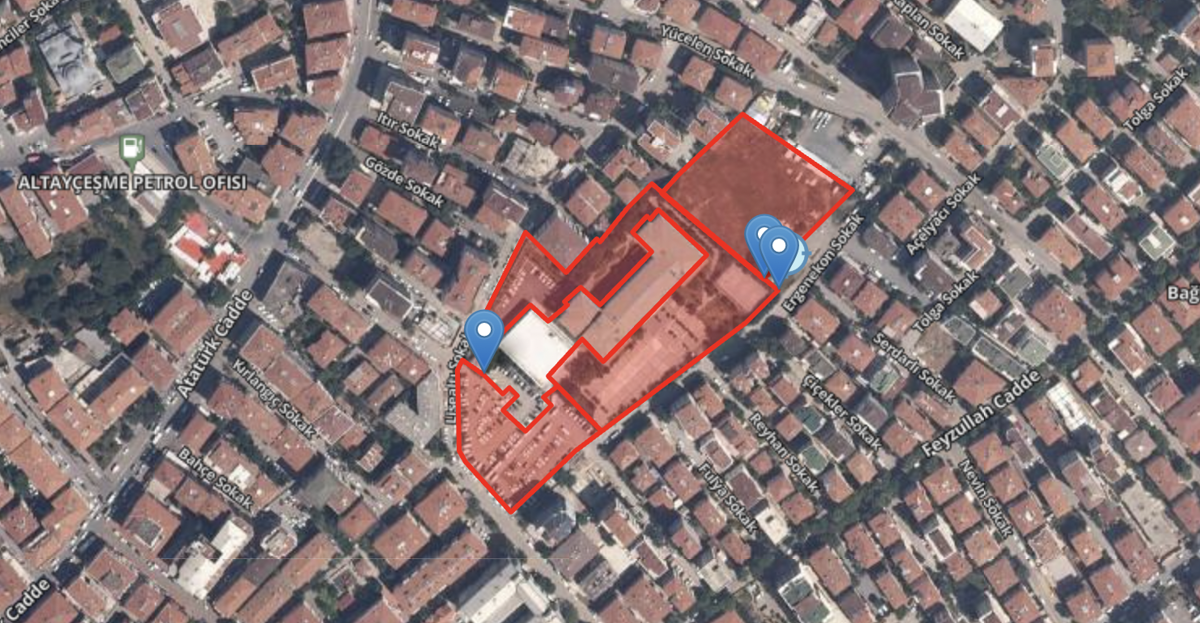
We walked around the school twice, but found no sign indicating an assembly area.
When we asked a passerby, “Where is the earthquake assembly area here?” the answer was once again the same: “We don’t know.”
One of those who said they didn’t know began asking others on the street. As the group debated among themselves, one resident finally pointed to a parking lot just below the school, saying, “This was our assembly area back in the ‘99 quake.” He added, “Of course, it used to be an open green space back then.”

The parking lot staff told us it’s not an official assembly area, adding with a smile, “But you’re still welcome here if an earthquake happens.”
While this parking lot is listed as an assembly area on the e-Government system, it is not listed on Maltepe Municipality’s official website.
We eventually found the assembly area sign hidden behind a tree inside the schoolyard.
One resident, seeing that we had finally located the sign, summed up the day with an old saying: “They say ‘Ask around and you’ll find Baghdad.’ Well, we still couldn’t find the assembly area.”
200 designated zones
According to information shared with bianet by Maltepe Municipality, 200 locations in the district are currently designated as earthquake assembly areas. A municipal official said the number had been 206 at the start of 2024, but six were removed from the list after they no longer met the criteria.
The official explained that the areas were removed because they had been rezoned or were now surrounded by dense residential development. The municipality said the full list of assembly areas can be accessed through their Disaster Portal and official website. They also noted that residents are informed about how to locate these areas through the municipality’s Earthquake Awareness Training sessions.
(AD/VK)
Police launch harshest crackdown yet as İmamoğlu protests enter fifth day
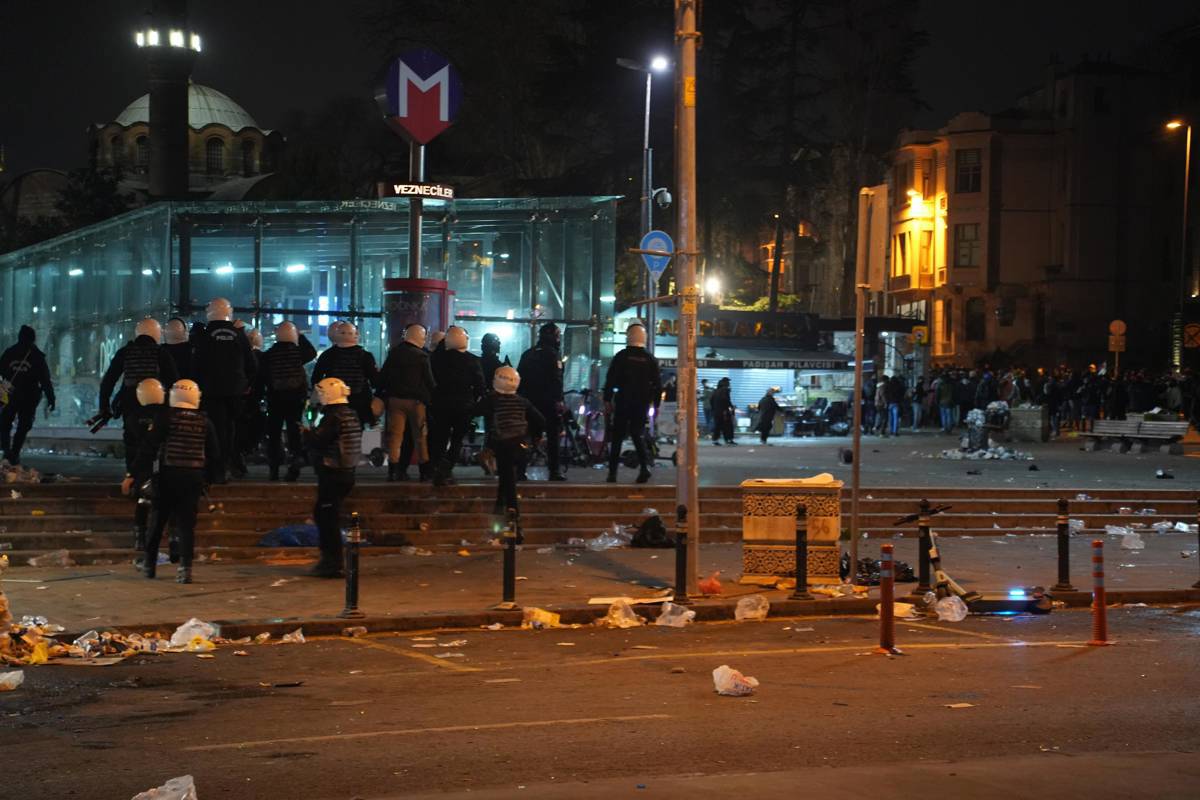
Thousands protest İstanbul mayor’s detention outside city hall
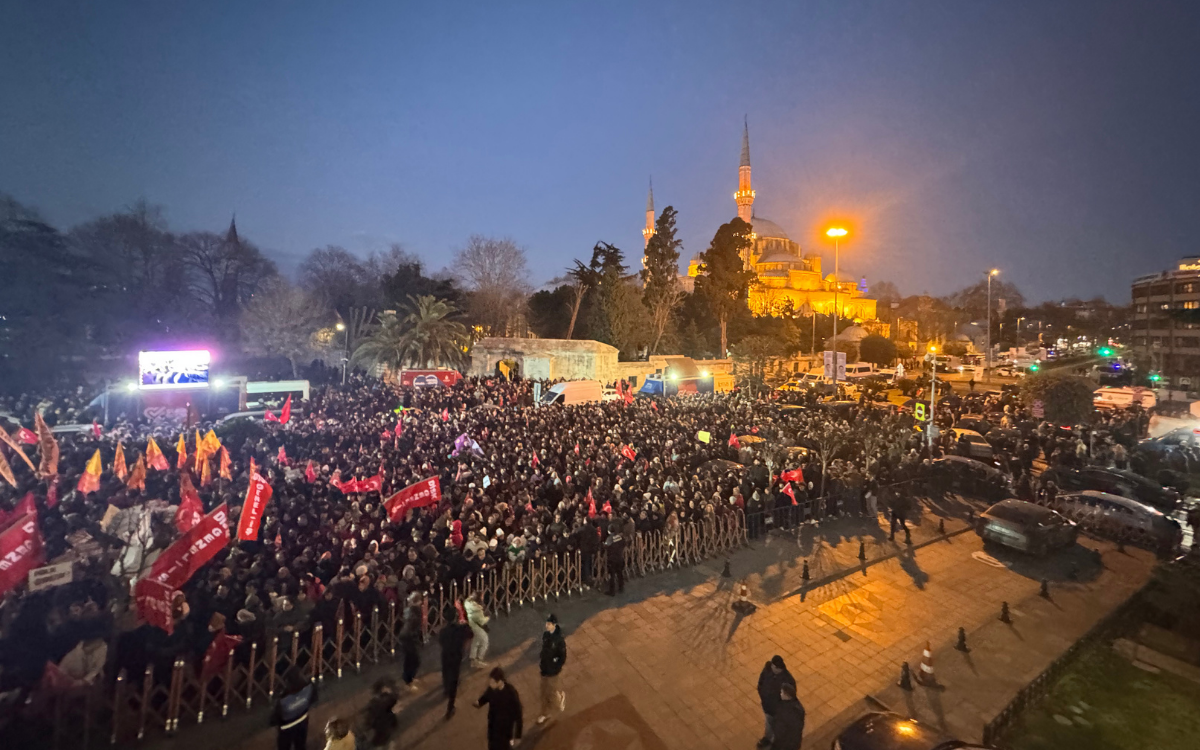
'A hub of labor violations': İstanbul shipyard workers climb crane protesting unpaid wages
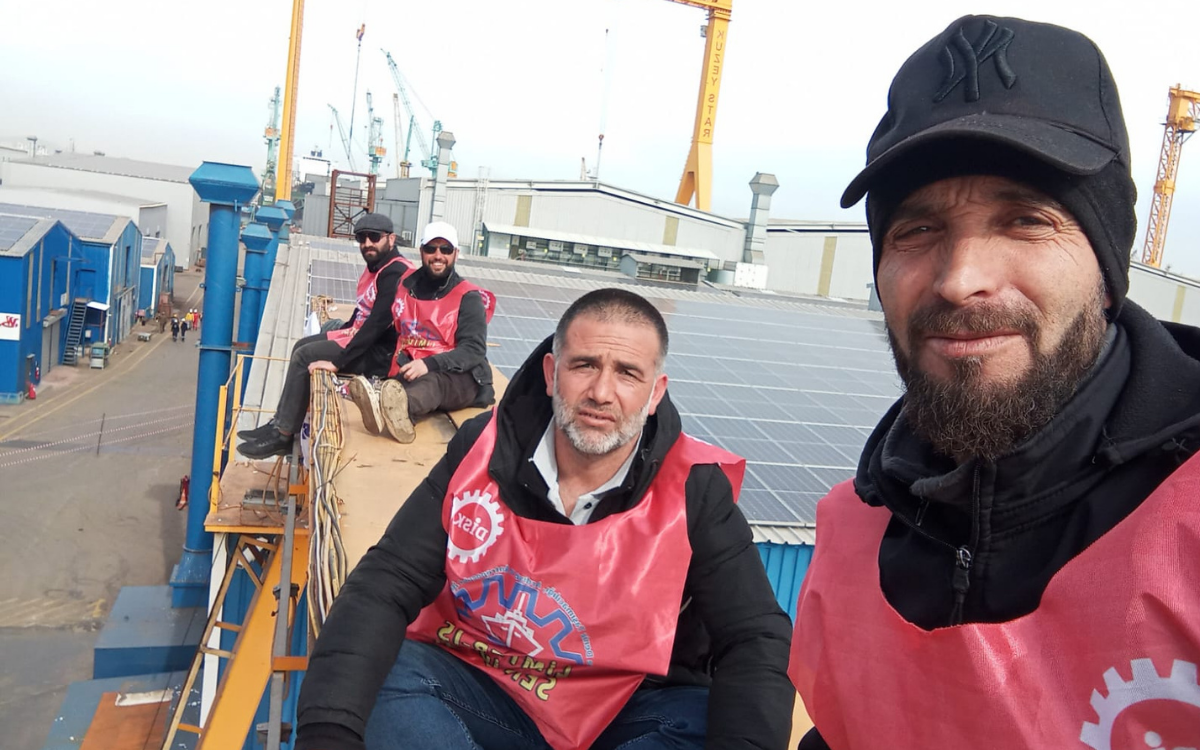
İstanbul mayor testifies in 'terror,' 'obstruction of justice' investigations

Konya sinkholes: The harbinger of a food crisis
